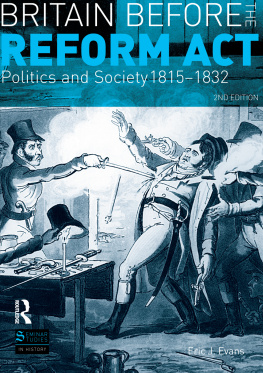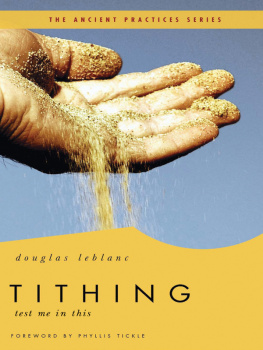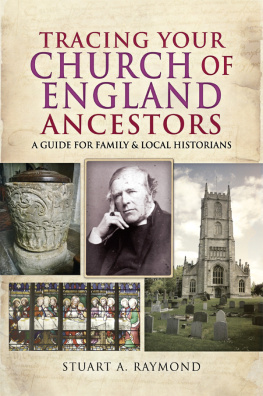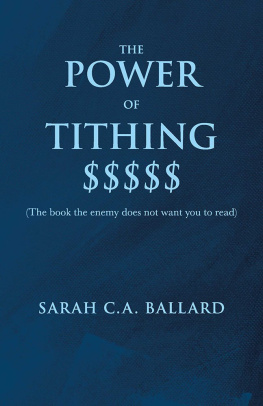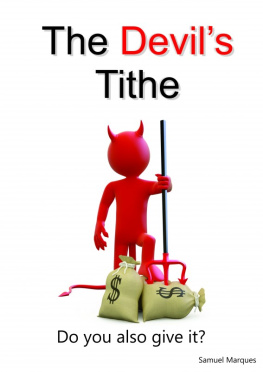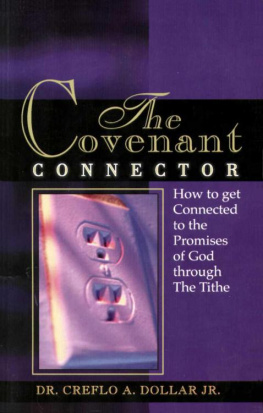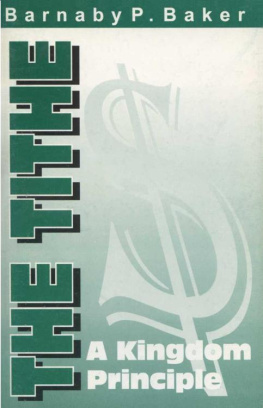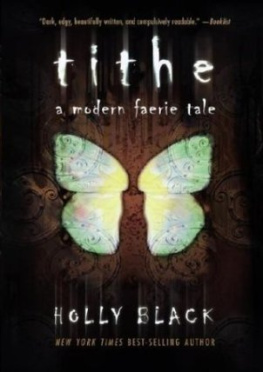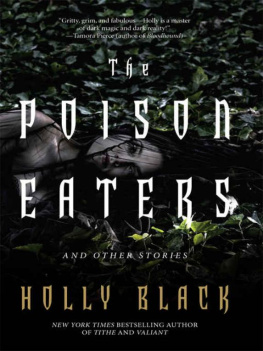First published in 1976
by Routledge and Kegan Paul
This edition first published in 2018 by Routledge
2 Park Square, Milton Park, Abingdon, Oxon, OX14 4RN
and by Routledge
711 Third Avenue, New York, NY 10017
Routledge is an imprint of the Taylor & Francis Group, an informa business
1976 Eric J. Evans
All rights reserved. No part of this book may be reprinted or reproduced or utilised in any form or by any electronic, mechanical, or other means, now known or hereafter invented, including photocopying and recording, or in any information storage or retrieval system, without permission in writing from the publishers.
Publishers Note
The publisher has gone to great lengths to ensure the quality of this reprint but points out that some imperfections in the original copies may be apparent.
Disclaimer
The publisher has made every effort to trace copyright holders and welcomes correspondence from those they have been unable to contact.
A Library of Congress record exists under ISBN: 76371490
ISBN 13: 978-1-138-55478-8 (hbk)
ISBN 13: 978-1-315-14924-0 (ebk)
The tithe problem was very much a live issue in the late eighteenth and early nineteenth centuries. Discussions of it filled the pages of the agricultural and political magazines. In itself an inefficient and anachronistic impost, tithe symbolized far more. The agricultural improvers saw it as the major obstacle to increased cultivation and higher profits, arguing that it operated as a tax on yield and penalized the more adventurous farmer to the unfair advantage of the more cautious. Many concerned for the welfare of the Church of England pointed to the huge number of disputes the system produced and argued that, while it lucratively lined the pockets of the lawyers, it set parson against parishioner and poisoned relations in a village community already subjected to great strain because of population pressures and growing poverty. The political economists attacked the irrationality of tithe, and some were prepared to suggest that it contributed to the massive problem of rural poverty by hindering projects for labour-intensive improvements. The radicals and political reformers saw in tithe the weakest link in the armour of the state church, through which an overall assault, aimed at disestablishment, could be mounted. The churchs supporters were forced back on trusty eighteenth-century notions of property right and were given, by the early abolition of tithes by the French revolutionaries, an appropriate example to set before the legislature of what happened to both church and state when an essential plank supporting the former was removed.
Tithe, therefore, was an important part of the broader issues of the day. It is perhaps surprising that, although most textbooks acknowledge its importance, so little direct attention has been given to it. Twenty years ago, Christopher Hill provided a useful and succinct account of the problem in the sixteenth and seventeenth centuries in his masterly Economic Problems of the Church. The issues, however, were broader and still more contentious between 1750 and 1850 and here, apart from a few articles on specific aspects of the subject, there has been silence. This book is the first attempt to throw light on the subject as a whole. It draws on pamphlet and periodical literature, of course, but tests the arguments and presuppositions by a scrutiny of estate records, solicitors papers, account books and diaries now collected in large numbers in county record offices throughout the country. A study has also been made of relevant enclosure records, since tithe was frequently exchanged for land at enclosure, and of the tithe commutation records which survive in the Public Record Office, but which are still under-used by historians.
The preparation of this work has been greatly facilitated at every stage by many kindnesses which I am happy to acknowledge. It seems appropriate, given my odyssey around the various repositories, to acknowledge a heavy indebtedness to the many archivists who have answered so many questions, corrected so many misapprehensions and saved me so much time by displaying an amazing facility to extend the information contained in their catalogues from the voluminous mental card-index which seems to be a prerequisite of their profession. I cannot name them all, but would like to give particular thanks to Mr F.B. Stitt and his staff at Stafford, Dr D.B. Robinson, now Surrey county archivist, who guided me expertly through the ecclesiastical records at Lichfield during his time as assistant-archivist there, Mr Sharpe-France and his staff at Preston, Mr Bruce Jones at Carlisle, Miss Sheila MacPherson at Kendal and Mr Edward Milligan, Librarian of Friends House. I have pestered these more than most, but everywhere I have met with unfailing courtesy, prompt production of documents, and great help, some of it beyond the strict call of duty.
I have benefited likewise from discussions with friends and colleagues at the Universities of Warwick, Stirling and Lancaster. I have also learned much from criticism and ideas generated by the presentation of my often half-baked notions at seminars and in talks given in each of these places and in Birmingham, Carlisle and Newcastle-upon-Tyne. I owe especial gratitude to Professor Eric Richards, now of Flinders University, South Australia, Dr John Rule of the University of Southampton and Mr M.J. Thomas, now working at Friends House, each of whom made the fruits of their own researchers freely available to me.
Every author will know that the production of a book entails the kind of domestic dislocation which no spouse should be expected to bear, but which a surprisingly large proportion do. Christine has permitted far more of our house to become a study than either she or I anticipated, as books, notes and drafts proliferated. I owe much to her forbearance and never-failing cheerfulness in the face of still higher mounds of paper, as also to her ability to keep two small children away from essential material.


